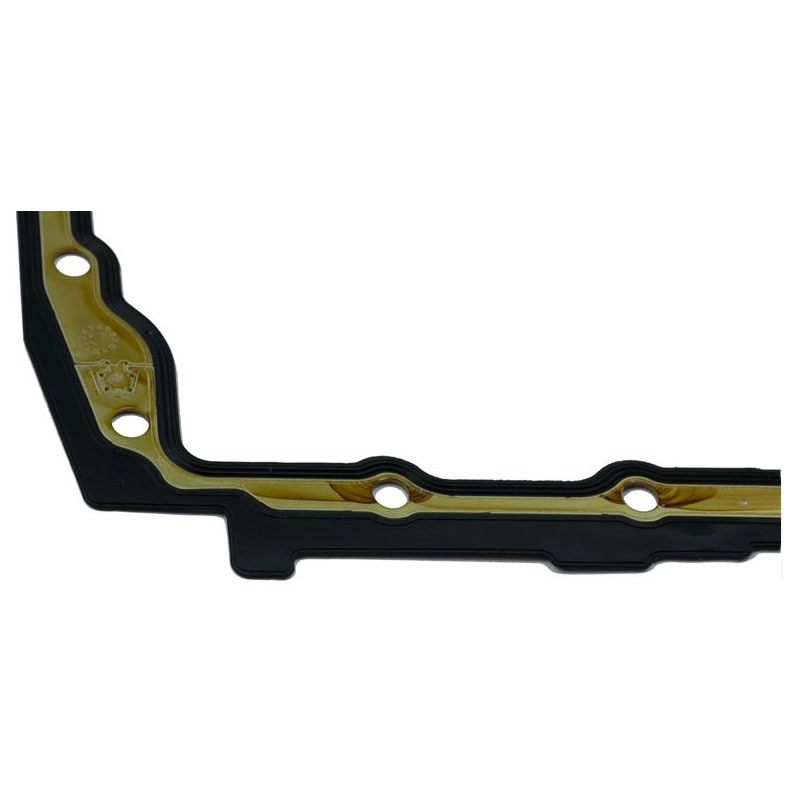shaft water seal
Understanding the Shaft Water Seal Importance and Functionality
In various industries, particularly in machinery and manufacturing, controlling liquid leaks is crucial for operational efficiency and safety. One of the essential components in this context is the shaft water seal. This specialized sealing mechanism is primarily designed to prevent water or other liquids from leaking along the shaft of rotating machinery, such as pumps, turbines, and motors.
What is a Shaft Water Seal?
A shaft water seal consists of various materials and designs tailored to suit specific applications. Typically, it features a rubber or elastomeric component, sometimes combined with metal or ceramic parts, to effectively seal the gap between the rotating shaft and the stationary housing. The seal must withstand dynamic conditions, including pressure variations, temperature fluctuations, and exposure to various fluids, depending on its application.
Importance of Shaft Water Seals
1. Leak Prevention The primary function of a shaft water seal is to prevent unwanted leakage of water or other fluids. This is especially important in processes that involve high-pressure environments, such as in hydraulics, where even a minor leak can lead to significant operational disturbances.
2. Environmental Protection Leaks can cause environmental damage, especially in applications involving hazardous materials. A reliable water seal minimizes the risk of contamination and ensures compliance with environmental regulations.
3. Maintenance and Cost Efficiency Effective seals reduce the need for frequent maintenance and replacement of fluids, thereby saving operational costs. Without a proper seal, machinery may experience wear and tear, leading to premature failures and expensive repairs.
shaft water seal

4. Operational Safety In industries where machinery operates under high pressure, the failure of a water seal can lead to severe accidents, including explosions or chemical spills. A well-functioning shaft water seal enhances workplace safety by mitigating these risks.
Types of Shaft Water Seals
There are several types of shaft water seals, each designed for specific applications
- Lip Seals These are the most commonly used water seals, featuring a flexible lip that creates a tight seal against the shaft. They are easy to install and maintain.
- Mechanical Seals Often used in pumps and compressors, these seals consist of rotating and stationary components that form a barrier to prevent leakage. They are designed to handle high pressures and temperatures.
- Packing Seals Made from braided fibers, packing seals are often used in applications where there is a need for dynamic sealing. They can be adjusted for tightness, providing versatility in various industrial settings.
Conclusion
In conclusion, the shaft water seal plays a pivotal role in ensuring the integrity and efficiency of machinery across various industries. By preventing leaks, protecting the environment, and enhancing safety, these seals contribute to the smooth operation of pumps, turbines, and other industrial equipment. Understanding the importance and function of shaft water seals not only helps in selecting the right type for specific applications but also emphasizes the need for regular maintenance to ensure their longevity and effectiveness. As technology advances, the development of more robust and effective seals will continue to evolve, further improving operational standards in industry.
-
The Ultimate Guide to Boat Propeller Bearings and Trailer Wheel Bearings
News Jul.31,2025
-
The Essential Guide to Marine Bearings and Boat Trailer Wheel Bearings
News Jul.31,2025
-
The Complete Guide to Heavy Duty Seals: Protecting Doors and Spaces Efficiently
News Jul.31,2025
-
Essential Guide to Marine Shaft Bearings and Boat Trailer Axle Bearings
News Jul.31,2025
-
Comprehensive Guide to Marine and Trailer Bearings for Safe Boating and Transport
News Jul.31,2025
-
Comprehensive Guide to Automotive Oil Seals: Protecting Your Engine and Shafts
News Jul.31,2025
-
Understanding Automotive Oil Seals: Essential Components for Engine and Shaft Protection
News Jul.30,2025
Products categories















